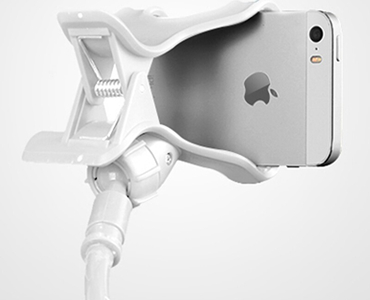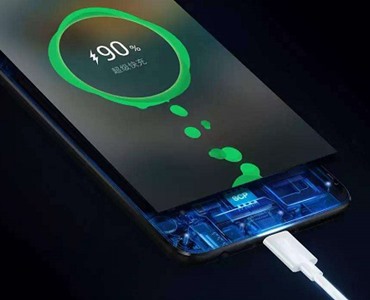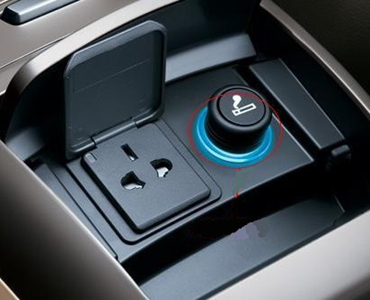684 views Yuda Electronic (HK) Technology Co.,Limited. 2018-08-29
USB interfaces have become mainstream in today’s market, from USB1.0 to USB2.0 to USB3.0, and the performance of these three interfaces is poorly known.
USB 1.0 appeared in 1996 at a rate of 1.5 Mb/s (bits per second); in 1998 it was upgraded to USB 1.1 with a speed of 12 Mb/s. Currently, most MP3s are of this type of interface.
USB 1.1 is a relatively common USB specification with a high-speed mode of 12 Mbps and a low-speed mode of 1.5 Mbps. b/s generally represents the bit transfer speed, and bps represents the bit transfer rate, which is numerically equal. B/s and b/s, BPS (bytes per second) and bps (bits per second) are different. 1MB/s (megabytes/second) = 8Mbps (megabits per second), 1.5MB/s = 12Mbps.
The USB 2.0 specification evolved from the USB 1.1 specification. Its transmission rate is 480Mbps, which translates to 60MB/s, which can meet the speed requirements of most peripherals.

In the USB 2.0 interface, the Enhanced Host Controller Interface (EHCI) defines an architecture that is compatible with USB 1.1. That is, the USB 2.0 driver can drive USB 1.1 devices, and those devices that support USB 1.1 can be used directly on the USB 2.0 interface. Not only that, but also USB cables, plugs, and other accessories can be used directly.
The dramatic increase in USB transfer rates has brought tremendous changes to printer applications. The connection speed of 12Mbps is 10 times higher than that of the parallel port, which shortens the print file transfer time. The interface speed of the USB 2.0 standard is 480Mbps, which is 20 times that of the ordinary USB speed, which greatly reduces the transmission time of the print file.
USB 3.0 data cable interface is a new generation interface standard jointly developed by Intel, Microsoft, Hewlett-Packard, Texas Instruments, NEC, ST-NXP and other industry giants. The physical layer uses 8b/10b encoding, the theoretical speed is 5.0Gb/s, and the actual value is 50% theoretical, close to 10 times that of USB 2.0, which can be widely used in PC peripherals and consumer electronics.
USB 3.0 will be referred to as “USB SuperSpeed” in real-world device applications and is compatible with previous USB 1.1 FullSpeed and USB 2.0 HighSpeed.

Cell phone accessories wholesale business can get high profits. But the market is fierce. Big bra...

Does fast charging reduce phone battery life? In order to allow everyone to understand this matt...

How to install the car charger: 1. Insert the USB power adapter into the car cigarette lig...